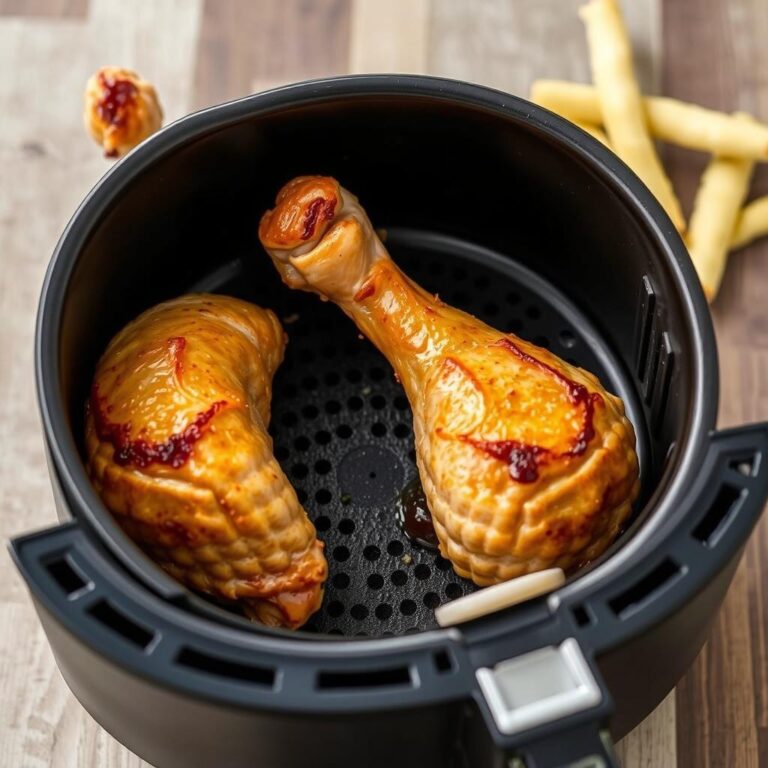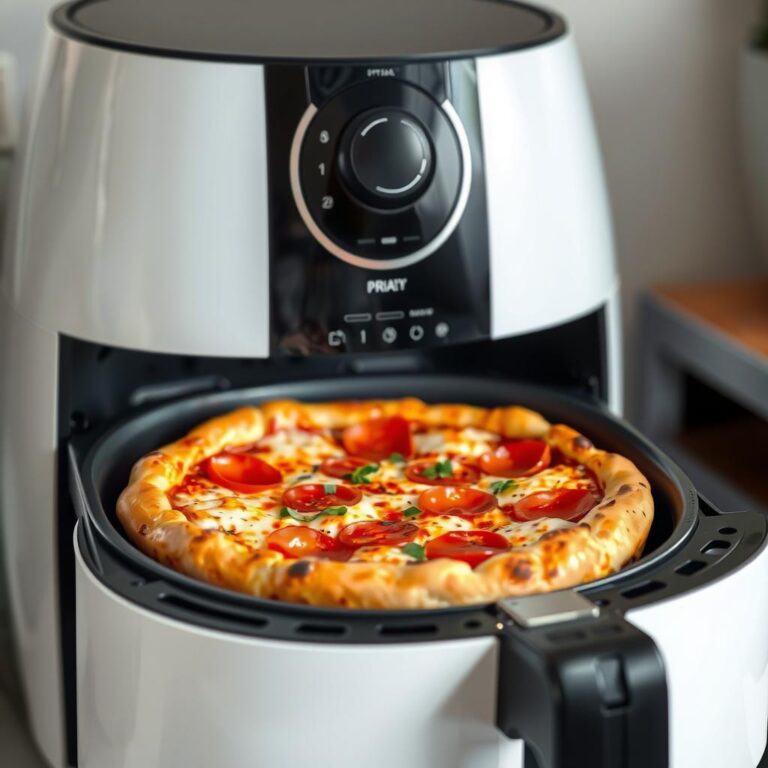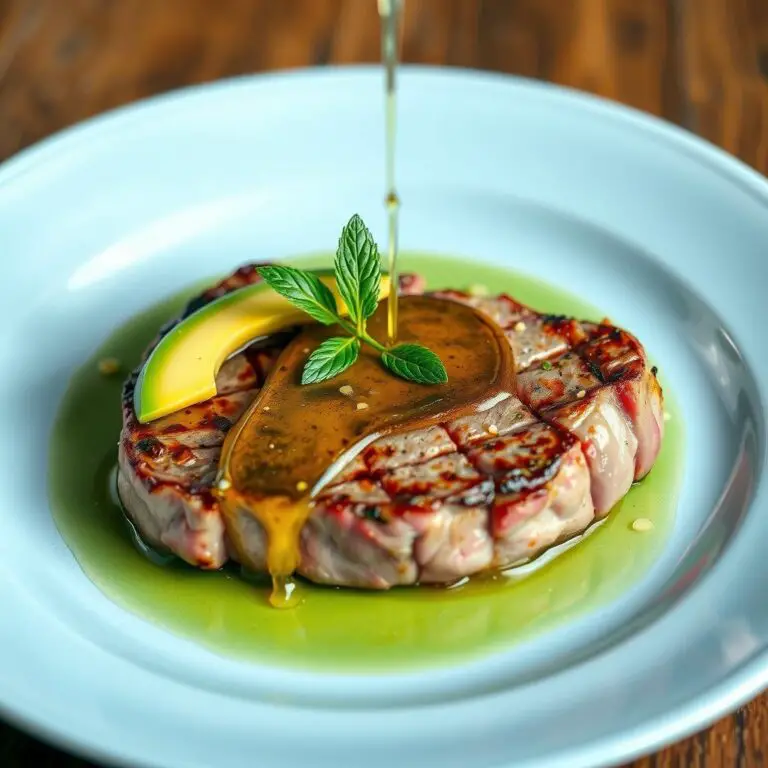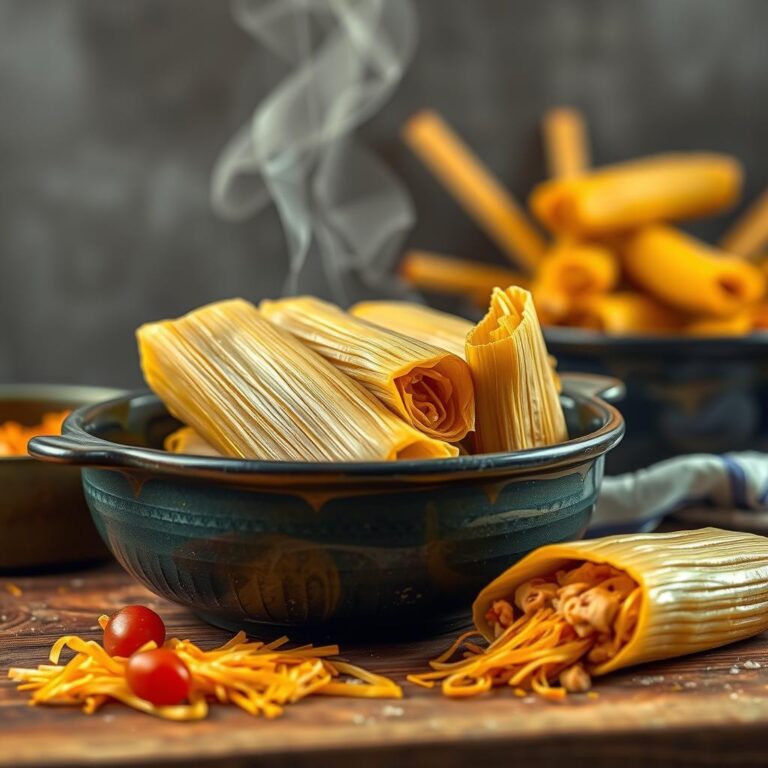Can you cook a turkey with the plastic leg holder still attached?
That's the question on your mind, isn't it?
Let's get right to it, no BS.
The Burning Question: Cooking Turkey with Plastic Leg Holders
You're staring at that Butterball, ready to roast, but there's this nagging doubt about that plastic thing holding its legs together.
Can you throw the whole bird in the oven, plastic and all?
It's a valid concern when preparing your Thanksgiving turkey.
The short answer?
Probably not a good idea.
Why Leaving the Plastic Leg Holder on a Turkey is Risky
Here’s the deal.
That little plastic or nylon clip, those turkey ties, those poultry fasteners aren't exactly designed for high heat, even though some sources claim food-grade nylon is heat resistant up to 400 degrees.
You're risking a melted mess, and nobody wants plastic-flavored turkey on Thanksgiving.
But more importantly, you might be dealing with some serious safety hazards, plastic chemicals leaching into your food isn't ideal.
- Melting Mayhem: High oven temperatures can melt the plastic or nylon clip, potentially ruining your bird.
- Chemical Concerns: Melting plastic releases harmful chemicals, which nobody wants anywhere near their holiday feast.
- Uneven Cooking: The clip can block heat, leading to unevenly cooked poultry.
Removing the Leg Holder: The Smart Move
Alright, so what’s the alternative?
Simple: take that plastic clip off.
Here's how to do it like a pro:
- Locate the Clip: Find the plastic or metal clamp holding the turkey legs together.
- Snip, Snip: Use kitchen shears or a sharp knife to carefully cut the plastic clip, being careful not to puncture the skin or your fingers.
- Free the Legs: Gently remove the severed pieces of the plastic clip.
What if It's Metal?
Some turkeys have a metal clamp instead of plastic or nylon.
While metal is less likely to melt, it can still get incredibly hot.
Handling it after roasting could lead to burns.
Plus, it can interfere with even cooking and affect how the turkey browns.
Bottom line: remove it before cooking.
Alternatives to Plastic Leg Holders
So, you've removed the plastic clip.
Now what?
Here are a few solutions to keep those turkey legs in place while roasting:
- Butcher's Twine: This is your best bet. It’s food-safe and heat-resistant. Tie the legs together snugly with twine before roasting.
- No Restraint: Honestly, you can let the legs roam free. They might splay out a bit, but it won't affect the taste.
- Metal Skewers: If you’re feeling fancy, use metal skewers to secure the legs together.
Expert Tips for Perfectly Cooked Turkey
Now that we've tackled the plastic clip dilemma, let's talk about cooking that turkey to perfection.
- Brining: Submerge the turkey in a saltwater solution overnight.
It keeps the meat moist and flavorful. - Dry Brining: Rub the turkey with a mixture of salt and herbs a day or two before roasting.
This is my go to for guaranteed crispy skin and juicy meat. - Temperature Check: The internal temperature is key.
Use a meat thermometer and aim for 165°F (74°C) in the thickest part of the thigh. - Resting Time: Let the turkey rest for at least 20-30 minutes before carving.
This allows the juices to redistribute, ensuring a moist bird.
Common Mistakes to Avoid
- Overcooking: Dry turkey is a tragedy. Use a meat thermometer.
- Skipping the Rest: Don't rush the resting period. It's crucial for juicy meat.
- Ignoring the Brine: Brining or dry brining adds flavor and moisture.
- Forgetting the Aromatics: Stuff the cavity with herbs, onions, and citrus for extra flavor.
Final Thoughts: Roast with Confidence
Cooking a turkey should be enjoyable, not stressful.
By removing that plastic leg holder and following these tips, you're well on your way to a delicious and safe Thanksgiving feast.
So, when in doubt, take out the plastic and tie those legs properly.
And remember, the key to a memorable Thanksgiving turkey involves ensuring food safety, which means addressing concerns like, can you cook a turkey with the plastic leg holder?
Can you cook a turkey with the plastic leg holder still attached?
That's the question on your mind, isn't it?
Let's get right to it, no BS.
The Burning Question: Cooking Turkey with Plastic Leg Holders
You're staring at that Butterball, ready to roast, but there's this nagging doubt about that plastic thing holding its legs together.
Can you throw the whole bird in the oven, plastic and all?
It's a valid concern when preparing your Thanksgiving turkey.
The short answer?
Probably not a good idea.
Why Leaving the Plastic Leg Holder on a Turkey is Risky
Here’s the deal.
That little plastic or nylon clip, those turkey ties, those poultry fasteners aren't exactly designed for high heat, even though some sources claim food-grade nylon is heat resistant up to 400 degrees.
You're risking a melted mess, and nobody wants plastic-flavored turkey on Thanksgiving.
But more importantly, you might be dealing with some serious safety hazards, plastic chemicals leaching into your food isn't ideal.
- Melting Mayhem: High oven temperatures can melt the plastic or nylon clip, potentially ruining your bird.
- Chemical Concerns: Melting plastic releases harmful chemicals, which nobody wants anywhere near their holiday feast.
- Uneven Cooking: The clip can block heat, leading to unevenly cooked poultry.
Removing the Leg Holder: The Smart Move
Alright, so what’s the alternative?
Simple: take that plastic clip off.
Here's how to do it like a pro:
- Locate the Clip: Find the plastic or metal clamp holding the turkey legs together.
- Snip, Snip: Use kitchen shears or a sharp knife to carefully cut the plastic clip, being careful not to puncture the skin or your fingers.
- Free the Legs: Gently remove the severed pieces of the plastic clip.
What if It's Metal?
Some turkeys have a metal clamp instead of plastic or nylon.
While metal is less likely to melt, it can still get incredibly hot.
Handling it after roasting could lead to burns.
Plus, it can interfere with even cooking and affect how the turkey browns.
Bottom line: remove it before cooking.
Alternatives to Plastic Leg Holders
So, you've removed the plastic clip.
Now what?
Here are a few solutions to keep those turkey legs in place while roasting:
- Butcher's Twine: This is your best bet. It’s food-safe and heat-resistant. Tie the legs together snugly with twine before roasting.
- No Restraint: Honestly, you can let the legs roam free. They might splay out a bit, but it won't affect the taste.
- Metal Skewers: If you’re feeling fancy, use metal skewers to secure the legs together.
Expert Tips for Perfectly Cooked Turkey
Now that we've tackled the plastic clip dilemma, let's talk about cooking that turkey to perfection.
- Brining: Submerge the turkey in a saltwater solution overnight.
It keeps the meat moist and flavorful. - Dry Brining: Rub the turkey with a mixture of salt and herbs a day or two before roasting.
This is my go to for guaranteed crispy skin and juicy meat. - Temperature Check: The internal temperature is key.
Use a meat thermometer and aim for 165°F (74°C) in the thickest part of the thigh. - Resting Time: Let the turkey rest for at least 20-30 minutes before carving.
This allows the juices to redistribute, ensuring a moist bird.
Common Mistakes to Avoid
- Overcooking: Dry turkey is a tragedy. Use a meat thermometer.
- Skipping the Rest: Don't rush the resting period. It's crucial for juicy meat.
- Ignoring the Brine: Brining or dry brining adds flavor and moisture.
- Forgetting the Aromatics: Stuff the cavity with herbs, onions, and citrus for extra flavor.
Final Thoughts: Roast with Confidence
Cooking a turkey should be enjoyable, not stressful.
By removing that plastic leg holder and following these tips, you're well on your way to a delicious and safe Thanksgiving feast.
So, when in doubt, take out the plastic and tie those legs properly.
And remember, the key to a memorable Thanksgiving turkey involves ensuring food safety, which means addressing concerns like, can you cook a turkey with the plastic leg holder?
Navigating Different Types of Turkey Leg Holders
Alright, so we've established that cooking a turkey with a plastic leg holder isn't the best idea.
But what about the different kinds of leg holders you might encounter?
Let's break down some common scenarios to make sure your holiday feast goes off without a hitch.
Plastic Turkey Ties: The Usual Suspect
These are the most common offenders and the ones you definitely want to remove before roasting your holiday turkey.
Made from nylon or other plastics, these turkey ties are designed to keep the legs tucked in for presentation, but they're not made for oven heat.
Think melting, off-gassing, and potentially ruining your perfectly planned Thanksgiving dinner.
No thanks.
Metal Clamps: A Slightly Better, But Still a No-Go
Some turkeys come with metal clamps instead of plastic ties.
While metal won't melt like plastic, it still poses a few problems.
First, it can get super hot, increasing the risk of burns when you're handling the cooked bird.
Second, the metal can interfere with even cooking, creating hot spots and potentially drying out parts of the turkey.
Plus, it can affect the turkey's browning.
So, even though it's metal, take it off.
Butcher's Twine: The Safest Bet
If you're looking for a safe and effective way to tie those turkey legs together, butcher's twine is your go-to.
It's food-safe, heat-resistant, and easy to use.
Just loop it around the legs and tie it tightly to keep them in place during roasting.
This ensures even cooking and a beautiful presentation without any risk of melting plastic or burning yourself on hot metal.
Trussing a Turkey Without Leg Restraints
You might be wondering, "Do I even need to tie the turkey legs together?"
The answer is, it depends.
If you're going for a picture-perfect presentation, tying the legs can help.
But honestly, letting the legs roam free won't drastically affect the taste or cooking of the turkey.
The main reason for tying the legs is aesthetics and to help the turkey fit better in the roasting pan.
If you're not too concerned about looks, skip the twine and let those legs spread out.
Food Safety First: Beyond the Leg Holder
Now that we've covered the leg holder situation, let's talk about some other crucial food safety tips to keep in mind when cooking your Thanksgiving turkey.
Thawing Your Turkey: The Right Way
Never, ever thaw your turkey on the counter at room temperature.
This creates the perfect breeding ground for bacteria and can make people sick.
Instead, thaw your turkey in the refrigerator.
Plan for about 24 hours of thawing time for every 5 pounds of turkey.
You can also thaw it in cold water, changing the water every 30 minutes, but this requires more attention.
Cooking Temperatures: Hitting the Sweet Spot
The USDA recommends cooking your turkey to an internal temperature of 165°F (74°C).
Use a meat thermometer to check the temperature in the thickest part of the thigh, making sure not to touch the bone.
This ensures that the turkey is fully cooked and safe to eat.
Handling Raw Poultry: Avoiding Cross-Contamination
Raw poultry can harbor harmful bacteria, so it's crucial to avoid cross-contamination.
Use separate cutting boards and utensils for raw turkey and other foods.
Wash your hands thoroughly with soap and water after handling raw poultry.
Clean and sanitize all surfaces that have come into contact with raw turkey.
Stuffing Safety: Cook it Separately
If you're making stuffing, it's best to cook it separately from the turkey.
Stuffing cooked inside the turkey takes longer to reach a safe temperature, which can lead to uneven cooking and potential bacterial growth.
Cooking the stuffing separately ensures that it's fully cooked and safe to eat.
Flavor Boosters: Taking Your Turkey to the Next Level
Okay, food safety is essential, but let's not forget about flavor.
Here are a few tips to make your turkey taste amazing:
Brining: The Secret to Juicy Meat
Brining involves submerging the turkey in a saltwater solution for several hours or overnight.
This helps the turkey retain moisture during cooking, resulting in juicy, flavorful meat.
Dry Brining: Crispy Skin, Juicy Meat
Dry brining is a simpler alternative to wet brining.
Simply rub the turkey with a mixture of salt, herbs, and spices a day or two before roasting.
This draws out moisture from the skin, resulting in crispy, golden-brown skin and juicy meat.
Aromatic Infusion: Stuffing the Cavity
Stuff the turkey cavity with aromatic ingredients like herbs, onions, garlic, and citrus fruits.
These infuse the turkey with flavor from the inside out, creating a delicious and aromatic bird.
Basting: Keeping it Moist
Basting the turkey with pan juices during roasting helps to keep it moist and adds flavor.
However, avoid basting too frequently, as this can lower the oven temperature and prolong cooking time.
Common Turkey Cooking FAQs
-
Can I cook a frozen turkey?
Technically, yes, but it's not recommended.
Cooking a frozen turkey takes much longer and can result in uneven cooking.
It's always best to thaw your turkey completely before roasting. -
How long should I cook my turkey?
Cooking time depends on the size of your turkey and the oven temperature.
A general rule of thumb is to cook it for about 13 minutes per pound at 350°F (175°C).
However, always use a meat thermometer to ensure that the turkey reaches an internal temperature of 165°F (74°C). -
What if my turkey is browning too quickly?
If your turkey is browning too quickly, tent it with aluminum foil.
This will help to prevent the skin from burning while the inside continues to cook. -
How long should I let my turkey rest before carving?
Let your turkey rest for at least 20-30 minutes before carving.
This allows the juices to redistribute, resulting in moist and flavorful meat.
In conclusion, while the question of can you cook a turkey with the plastic leg holder may seem small, it's a crucial step toward ensuring a safe and delicious holiday meal.






